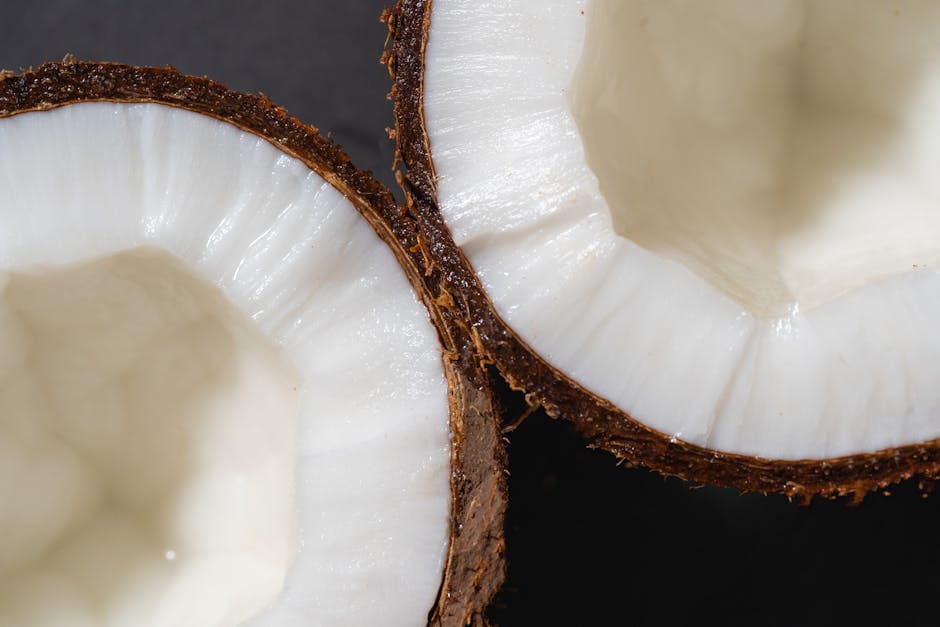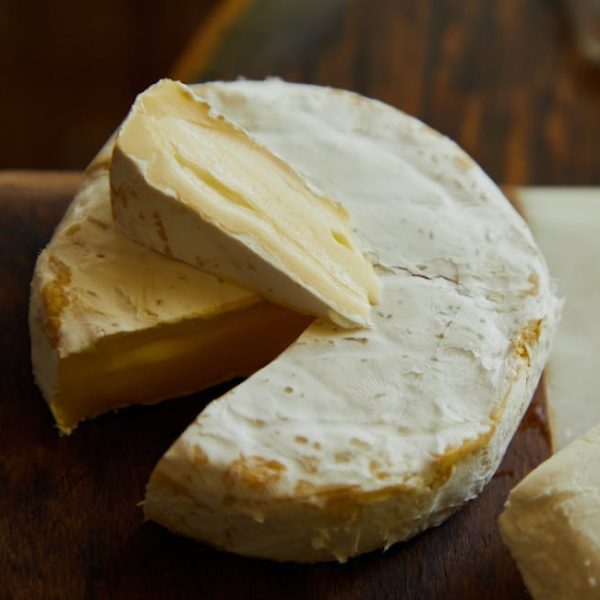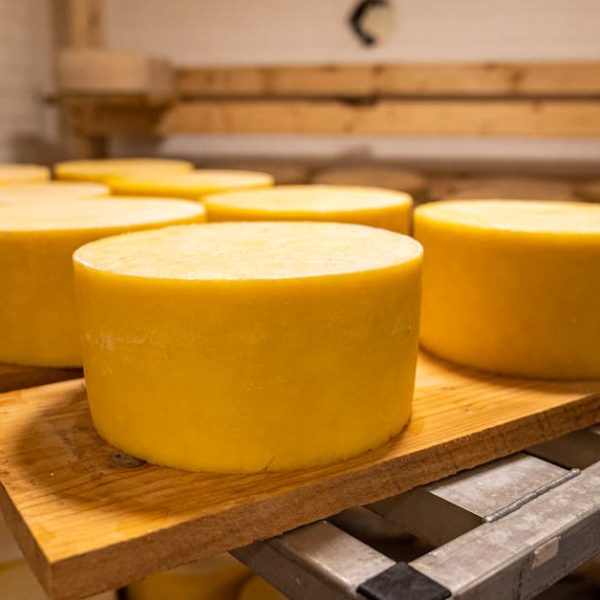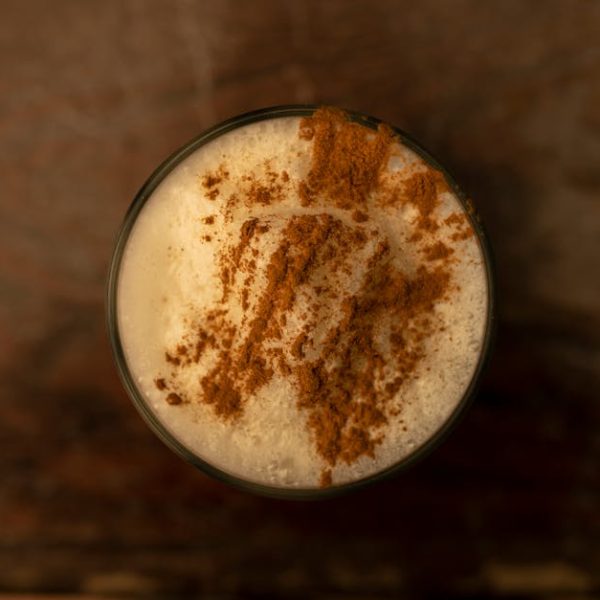Everyone loves a refreshing splash of coconut milk in their curry or smoothie – but how exactly do you store that remaining milk? While coconut milk brings a tropical taste to our dishes, it’s not always easy to figure out how to effectively preserve its delicate flavor. So today, we’re sharing seven quick and straightforward methods to store your coconut milk without losing any of its delectable richness.
Refrigerating Coconut Milk for Short-Term Storage
Most often, you might find yourself with a tiny amount of leftover coconut milk post your kitchen experimentation. The refrigerator is your best ally here. Safely store your coconut milk in the refrigerator, allowing it to retain its freshness and flavor for up to four days.
Steps to Refrigerate Coconut Milk:
- Transfer leftover coconut milk into an airtight container.
- Ensure the container is properly sealed before placing it in the refrigerator.
Pro Tip: To prevent the formation of a hardened layer or lumps, give your coconut milk a good stir before it takes a cold nap in your fridge.
Freezing Coconut Milk for Long-Term Storage
If you’re looking to store coconut milk for a longer period, the freezer is your perfect solution. Freezing coconut milk can extend its life for up to three months. Remember to store it in an airtight container or ice cube tray, and always thaw before use.
Pros: Freezing preserves nutrients and allows for long-term storage.
Cons: Freezing might alter the texture of the coconut milk slightly.
Pro Tip: Thaw your coconut milk gently in the refrigerator instead of at room temperature. This ensures that the texture remains as creamy as possible.
Using Ice Tray Method for Convenient Portions
Pouring your coconut milk into ice cube trays is a handy option. These individual portions can be conveniently popped out and used as per requirement.
Steps for Using Ice Tray Method:
- Fill the ice cube tray with the coconut milk.
- Allow it to freeze fully before removing the pieces.
Pro Tip: These coconut milk cubes can be used directly in your smoothie, a simmering curry, or even in your morning oatmeal!
Storing Coconut Milk in Airtight Containers or Jars
Airtight containers or glass jars play an important role in maintaining the freshness of the coconut milk by preventing oxidation.
Best Practices for Storing in Containers or Jars:
- Always clean the container thoroughly before use.
- Fill the container completely to prevent any exposure to air.
Using Vacuum Sealer for Maximum Shelf Life
Vacuum sealing is a modern storage method that extends the shelf life of your coconut milk by removing all the oxygen from the storage bag or container.
Pro Tip: If you frequently store food items for prolonged periods, investing in a reputable brand of vacuum sealer might be an idea worth considering.
These are some of the quick and easy methods to store coconut milk. Keeping these tips and tricks in mind, you can confidently navigate the task of preserving this tropical delight for your culinary adventures.
Canning Coconut Milk for Longevity
If you’re dealing with large quantities of coconut milk, canning is your go-to method. Though this method requires careful handling and specific equipment, it ensures your coconut milk stays fresh and delicious for a long period.
Checklist for Canning Coconut Milk:
- Sterilize your jars and lids.
- Fill the jars with coconut milk, leaving an inch of headspace.
- Wipe off the jar lip to ensure a clean seal.
- Place the lids and screw on the bands, but not too tightly.
- Process the jars in a pressure canner as per the manufacturer’s instructions.
- After canning, leave the jars undisturbed for 12-24 hours.
- Check the jars’ seals and store in a cool, dark place.
Best Practices: Always use freshly made coconut milk for canning. Ensure no remnants of food or dust are on the lip of your jars as this might affect the seal. Also, use jars specifically designed for canning.
Using a Food Preserver for Optimal Storage
A food preserver device often merges the advantages of vacuum sealing with a built-in method of removing oxygen, making it one of the most optimal methods for coconut milk storage.
Pros: A food preserver ensures maximum oxygen removal and prolongs the milk’s shelf life.
Cons: Food preservers can be expensive and take up a considerable amount of kitchen space.
Pro Tip: Regularly maintain and clean your food preserver as per the user manual’s guidelines to keep it functioning at its best.
To round off, these efficient and practical methods for storing coconut milk will ensure you can enjoy this tropical treat whenever your heart desires, without worrying about waste. No matter what method you choose, the key is proper handling and storage to maintain that deliciously creamy texture and taste we all love. Happy cooking!
Key Takeaway:
- Coconut milk can be stored effectively using various methods, such as refrigeration, freezing, using ice cube trays, containers or jars, vacuum sealers, canning, and food preserver devices.
- Each method has its own merits and suitability depending on the quantity and intended duration of storage. Careful handling and storage are crucial to preserve the texture and taste of the coconut milk.
- Using airtight containers for storage can prevent oxidation and degradation of the coconut milk. Vacuum sealing and food preservers offer an even higher level of preservation by removing air.
- Freezing and canning allow for long-term storage, with freezing best suited for a few months and canning enabling storage even longer.
It’s essential to know that coconut milk’s freshness and flavor can be maintained with these storage methods. So, don’t hesitate to stock up on this tropical delight and enjoy its creamy texture in all your favorite recipes. Happy storing!
FAQs
Q: Does the quality of coconut milk deteriorate with freezing?
A: Freezing might cause a slight change in the texture of coconut milk, but it does not significantly affect the flavor or quality. It is crucial to thaw it properly to maintain its creaminess.
Q: How can I know if the stored coconut milk has gone bad?
A: Coconut milk that has gone bad usually gives off a sour or rancid smell. Other indications include a change in color and the presence of mold.
Q: Is it safe to store coconut milk in plastic containers?
A: While it’s safe to use plastic containers, glass jars or airtight containers are preferable because they don’t absorb the aroma or flavors and can help prevent oxidation.
Q: Can I reuse the jars used for canning coconut milk?
A: Yes, you can reuse the jars after thoroughly cleaning and sterilizing them. However, lids should not be reused as they might not seal properly the second time.
Q: Is the use of a food preserver necessary for storing coconut milk?
A: A food preserver isn’t necessary, but it provides optimal storage by integrating vacuum sealing and oxygen removal. It can be a worthwhile investment if you often store food for lengthy periods.
Remember, sharing is caring! We invite you to explore more articles on our website and share this post with your friends and family.






